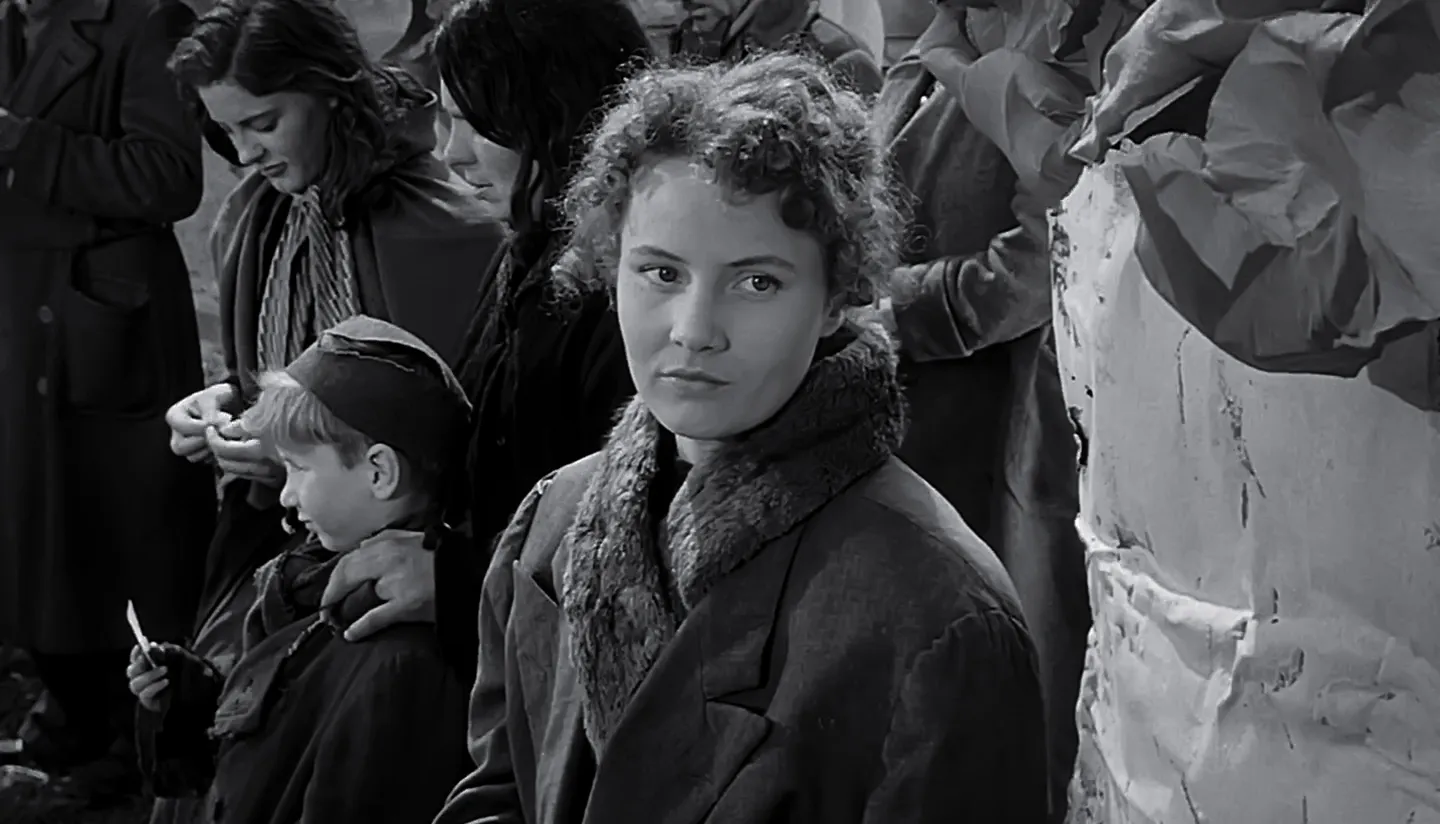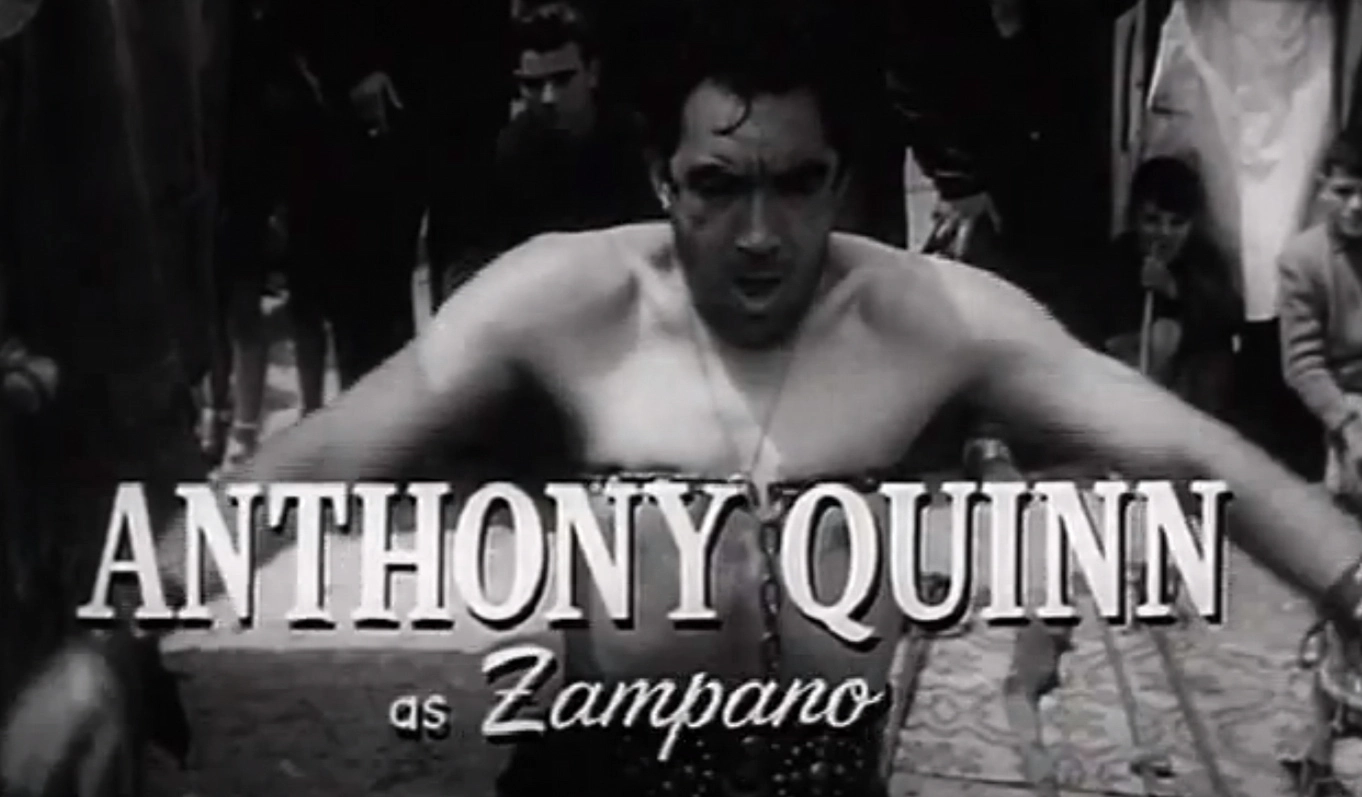
In the aftermath of the profound upheaval brought about by World War II, Italy found itself positioned at a critical juncture, its societal structure deeply fractured. Emanating from this poignant context, there arose a transformative artistic movement that would indelibly reshape the trajectory of cinematic expression: Italian Neorealism. Rooted in a profound aspiration to authentically portray the unmediated intricacies of quotidian existence, Italian Neorealism encapsulated the very ethos of a nation in the throes of reconciling its historical legacy while fervently charting a trajectory toward a more sanguine future.
Historical Context
Italian Neorealism emerged in the aftermath of World War II and the downfall of Benito Mussolini’s regime, which left the Italian film industry in disarray. This cinematic movement signaled a profound cultural and societal shift within Italy. Neorealist films broke away from contrived narratives and instead offered authentic, contemporary stories, often filmed on location due to the extensive damage sustained by the Cinecittà film studios during the war.
The foundation of Neorealism was laid by a group of film critics associated with the magazine Cinema, including notable figures such as Luchino Visconti, Gianni Puccini, Cesare Zavattini, Giuseppe De Santis, and Pietro Ingrao. Despite facing limitations on discussing politics in their writing, these critics vehemently criticized the prevalent “white telephone” films dominating the industry. Seeking an alternative to mainstream cinema, they advocated for a return to the realistic themes of early 20th-century literature.
“White Telephone” Films
White telephone films denote a distinct cinematic genre that emerged within Italian cinema during the 1930s and 1940s, characterized by their opulent mise-en-scène, indulgent visual aesthetics, and narratives that prominently featured the lives of the upper echelons of society. These films often luxuriated in the portrayal of lavish settings, ostentatious mansions, and formal social gatherings, manifesting a thematic preoccupation with affluence and privilege. The appellation “white telephone” is rooted in the recurrent depiction of white telephonic instruments, emblematic of modernity and opulence, within the films. Serving as a form of escapism, these films provided audiences with a visually indulgent and aspirational portrayal of society, offering respite from the prevailing socio-economic challenges of the era.
Many filmmakers who later became prominent in Neorealism honed their skills through Calligrafismo films in the early 1940s, even though this movement had distinctive differences from Neorealism. Elements of the style were also evident in the works of Alessandro Blasetti and the documentary-style films by Francesco De Robertis. Important precursors to Neorealism included Jean Renoir’s “Toni” (1935) and Alessandro Blasetti’s “1860” (1934). Both Luchino Visconti and Michelangelo Antonioni collaborated closely with Renoir.
The turning point came in the spring of 1945, following Mussolini’s execution and Italy’s liberation from German occupation. Termed the “Italian Spring”, this era ushered in a shift towards more realistic filmmaking. Italian cinema abandoned extravagant studio sets, opting instead for authentic locations in both rural and urban settings.

The first true Neorealist film, widely believed to be Luchino Visconti’s “Ossessione”, was released in 1943 during the occupation. The movement gained international recognition in 1946 with Roberto Rossellini’s “Roma Città Aperta”, which clinched the Grand Prize at the Cannes Film Festival, marking Italy’s resurgence in filmmaking after the war.
However, by the early 1950s, Italian Neorealism experienced a decline. Liberal and socialist parties struggled to convey their messages, and the bleak portrayal of poverty and despair in Neorealist cinema clashed with a nation seeking progress and change. As Italy’s economy began to improve, themes of Neorealism lost relevance, and optimism prevalent in American movies garnered more favor. The prevailing sentiment within the post-war Italian government was unfavorable towards Neorealism, with Giulio Andreotti’s remark underscoring this perspective.
Transitioning from Italian Neorealism’s societal concerns, Federico Fellini’s works, such as “La Strada” (1954) and “Il Bidone” (1955), marked a shift towards individual exploration. Subsequent Italian films in the 1960s focused on the human condition, delving into personal needs, alienation, and the struggle to communicate. This evolution was mirrored in Michelangelo Antonioni’s films like “Deserto Rosso” (1964) and “Blow-Up” (1966), which internalized Neorealism’s essence amidst Italy’s post-war economic and political climate.
As the 1950s progressed, new artists, including Sicily’s Bruno Caruso, carried the Neorealist torch, showcasing the raw realities of locations like Palermo’s warehouses, shipyards, and psychiatric wards.

Characteristics of Italian Neorealism
Italian Neorealism is characterized by a set of distinctive artistic and thematic attributes that collectively represent a departure from conventional cinematic paradigms:
Verisimilitude and Veracity: A hallmark of Italian Neorealism is its steadfast commitment to authenticity and realism. Filmmakers within this movement eschewed the artifice of studio sets and utilized actual locations, frequently employing non-professional actors to imbue their narratives with a heightened sense of genuineness.
Ordinary Individuals: Neorealist films invariably gravitated toward narratives that underscored the quotidian struggles of ordinary individuals, often drawn from the working class or impoverished segments of society. This predilection for narratives of the ordinary engendered relatability and emotional resonance among audiences.
Minimalism: The movement’s cinematic aesthetic was characterized by minimalism, utilizing rudimentary sets and unadorned props to evoke a raw and unvarnished visual quality. This design philosophy conduced to the visual authenticity the movement sought to convey.
Socio-Political Commentary: The quintessence of Italian Neorealism resides in its discernible social and political agenda. These films functioned as incisive critiques of prevailing societal issues such as poverty, unemployment, and class disparity, serving as vehicles for introspection and social awareness.
Cinematic Technique: A distinct cinematic lexicon was developed within the movement. Pioneering directors such as Roberto Rossellini and Vittorio De Sica employed protracted takes and deep focus cinematography to engender an immersive cinematic experience that transported viewers into the characters’ milieu.
Improvisation and Spontaneity: Neorealist filmmakers often permitted improvisation among their non-professional cast, harnessing the serendipitous and unscripted to amplify the authenticity of character interactions and emotional responses.
Naturalist Cinematography: The movement embraced the utilitarian merits of natural lighting and handheld camera techniques. By eschewing contrived lighting setups and adopting handheld camera work, filmmakers captured the subtleties of emotions and environments in an unmediated manner.
Child-Centric Narratives: The figure of the child assumed prominence within many Neorealist narratives, underscoring themes of vulnerability, innocence, and resilience within the context of austere circumstances.
Aesthetic Rejection: Central to the ethos of Italian Neorealism was its purposeful divergence from the opulent spectacles propagated by Hollywood. The movement’s deliberate repudiation of escapist glamour underscored its commitment to presenting an unembellished tableau of existence.
The Best Films of Italian Neorealism
| Ossessione (1943) Luchino Visconti | Crime Melodrama |
| I bambini ci guardano (1944) Vittorio De Sica | Melodrama |
| Roma città aperta (1945) Roberto Rossellini | War Drama |
| Sciuscià (1946) Vittorio De Sica | Drama |
| Il sole sorge ancora (1946) Aldo Vergano | War Drama |
| Paisà (1946) Roberto Rossellini | War Drama |
| Tombolo, paradiso nero (1947) Giorgio Ferroni | Drama |
| Caccia tragica (1947) Giuseppe De Santis | Action Melodrama |
| Germanya anno zero (1948) Roberto Rossellini | Drama |
| Fuga in Francia (1948) Mario Soldati | Drama Thriller |
| La terra trema (1948) Luchino Visconti | Drama |
| Ladri di biciclette (1948) Vittorio De Sica | Drama Crime |
| In nome della legge (1949) Pietro Germi | Drama Crime |
| Riso amaro (1949) Giuseppe De Santis | Crime Drama |
| Stromboli, terra di Dio (1950) Roberto Rossellini | Drama |
| Non c’è pace tra gli ulivi (1950) Giuseppe De Santis | Melodrama |
| Miracolo a Milano (1951) Vittorio De Sica | Comedy Fantasy |
| Bellissima (1951) Luchino Visconti | Drama |
| Umberto D. (1952) Vittorio De Sica | Drama |
| Roma, ore 11 (1952) Giuseppe De Santis | Drama |
| La strada (1954) Federico Fellini | Drama |
| Il ferroviere (1956) Pietro Germi | Melodrama |
| Banditi a Orgosolo (1961) Vittorio De Seta | Drama Crime |
| Il demonio (1963) Brunello Rondi | Drama Horror |
- Wikipedia contributors. (2023, July 22). Italian neorealism. In Wikipedia, The Free Encyclopedia. Retrieved 21:58, August 12, 2023




